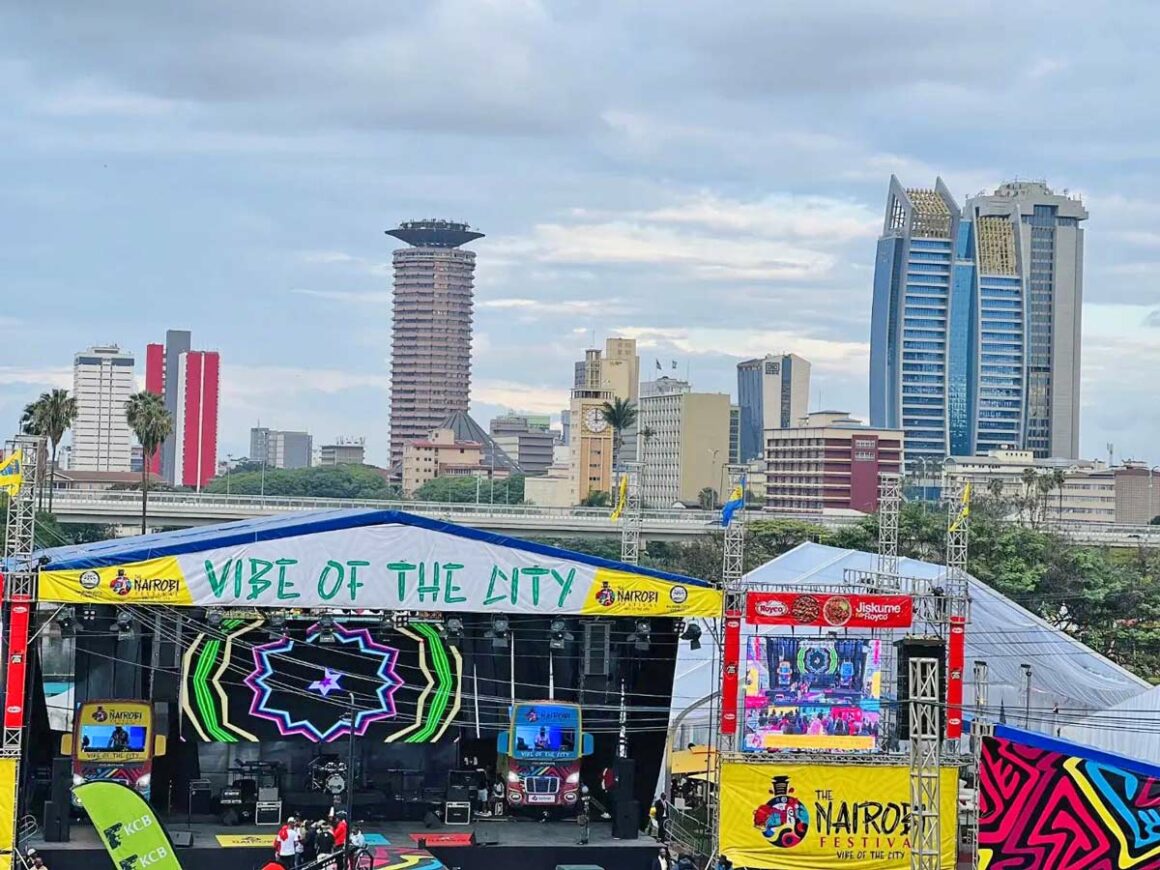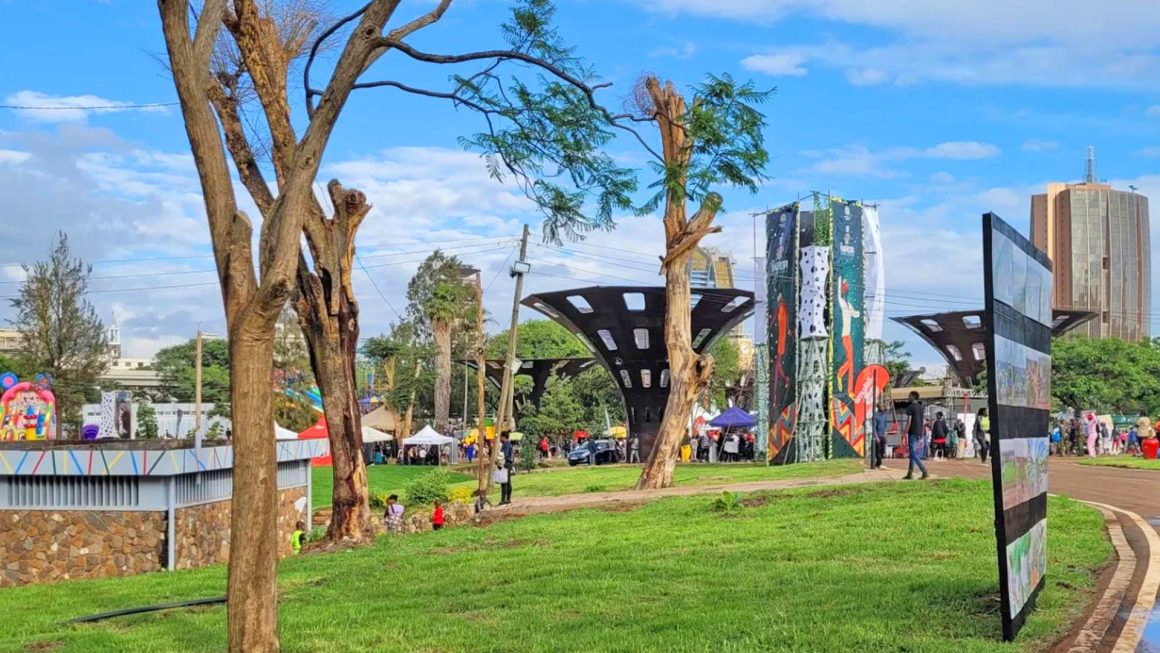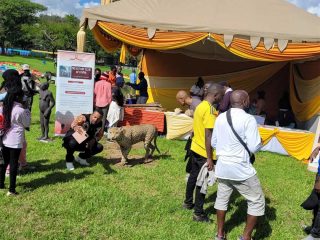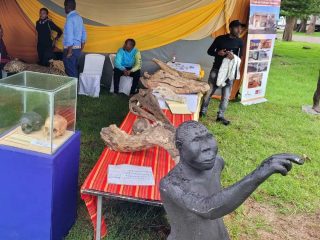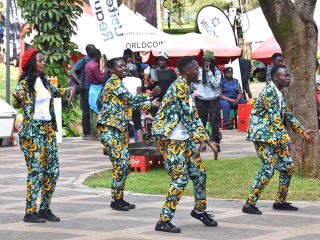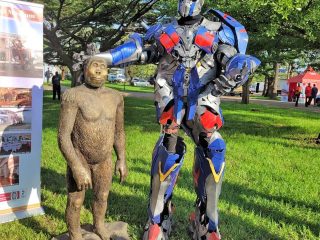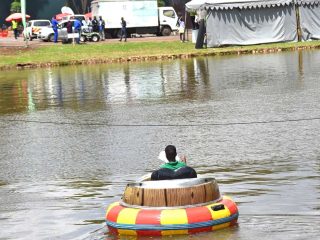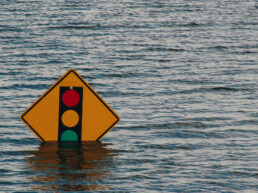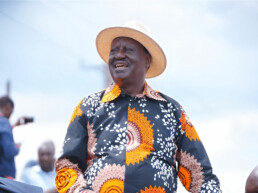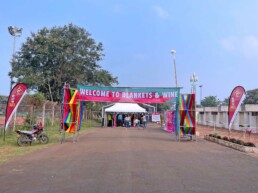The Nairobi Festival has just ended. The week-long event was held at the recently renovated Uhuru and Central Parks between 12-18 December to showcase and celebrate the vibe of Nairobi city.
The Nairobi Festival showcased the best of Nairobi’s visual artists, acrobats, photographers, dancers, disabled people of various talents, filmmakers, fashion designers, models, performing artists, percussionists, and Nganyas (slang for souped-up public transport vehicles). | Image: Kenya Museums
Last Day
The last day of the Nairobi Festival was a sunny Sunday. Nairobi’s governor Johnson Sakaja was in attendance. In the evening, Nairobians enjoyed a live, big-screen showing of the World Cup Final match between Argentina and France. Lionel Messi versus Kylian Mbappe. The majority of the crowd, composed of Nairobians from all walks of life, young and old, supported Argentina. Their team eventually won and carried the trophy to great jubilation as the French team supporters nursed their loss to the upbeat music being played by the DJs. Sakaja presented awards to the best Nganyas (slang for souped-up public transport vehicles) with the event culminating in a mesmerizing fireworks display.
Factors Affecting Sherehe
Kenyans generally prefer events and venues where they can safely engage in recreational activities, and in ways that are economically and logistically convenient for them. If one of those factors is wanting, attendance suffers. The Nairobi Festival ticked all the boxes and by doing so guaranteed the Nairobi Festival attendance in plenty. Tickets cost Ksh. 100 (1 USD) for adults and Ksh. 50 for children. The tickets could be easily acquired on the Nairobi County eServices portal and security was assured. Several government and private security agencies could be easily spotted on ground throughout. The venue, Uhuru and Central Park are conveniently situated and easily accessible to all forms of transportation. The two public parks have been closed since November 2021 to facilitate renovations that were being carried out by the now-defunct Nairobi Metropolitan Service (NMS).
Activities and Attractions
We attended the festival on 14th and 15th. Dozens of Nairobi-based artists showcased their art as vendors sold their wares. From paintings, bead jewelry and local fabrics to street food and craft brews for adults. There was a kids zone where children could play on bouncing castles and swings or get their faces painted by several artists available. The festival had dozens of activities and exhibitions revolving around visual and performing arts, sports, trade and ICT. All talents were given a fair chance to represent Nairobi. The festival showcased the best of Nairobi’s visual artists, acrobats, photographers, dancers, disabled people of various talents, filmmakers, fashion designers, models, performing artists, percussionists, and Nganyas.
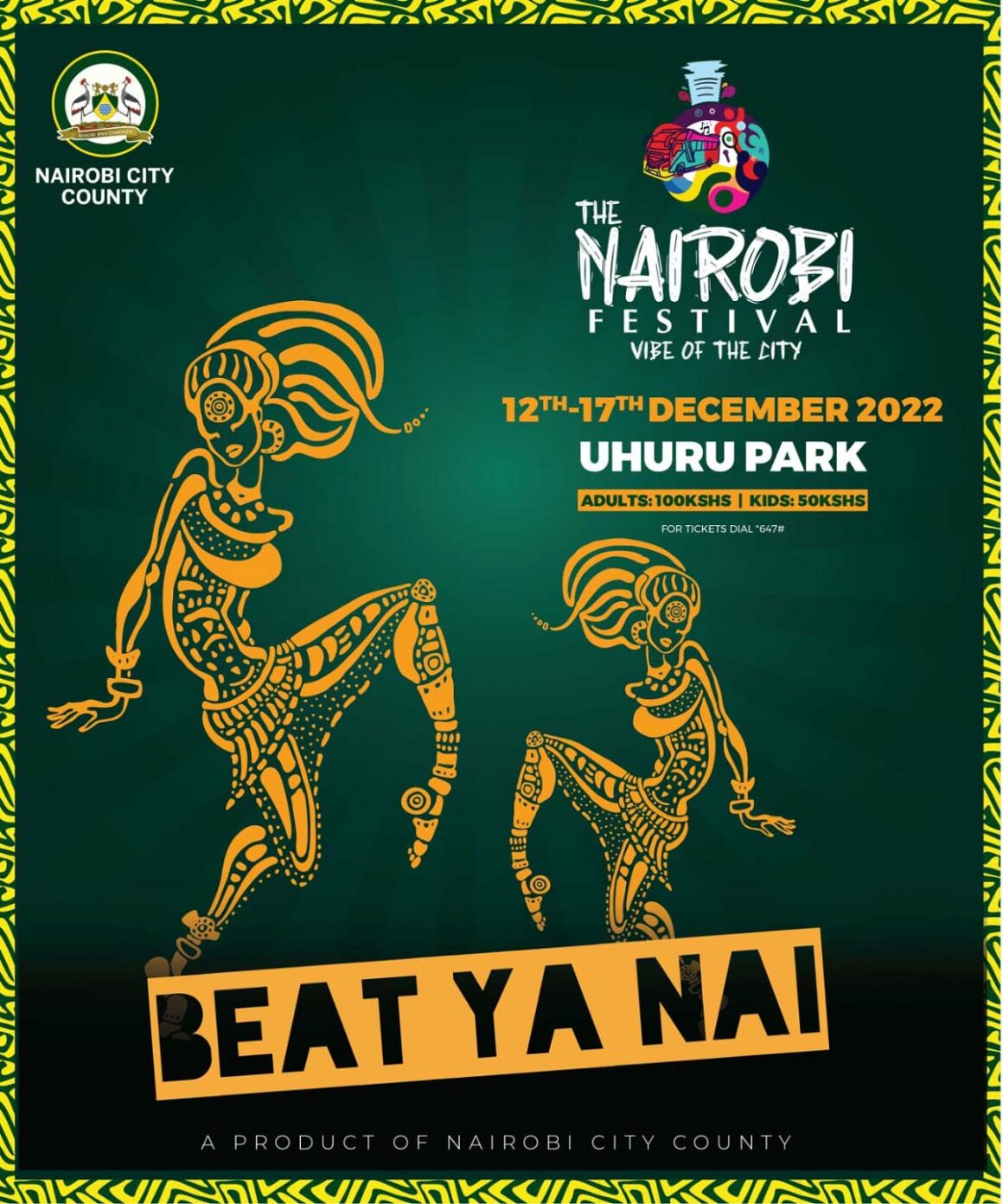
Music performances by artists such as Mejja, Bahati, Femi One, H_art the Band, Otile Brown and Wakadinali kept festival attendees entertained. According to the organizing Nairobi County Government, the funds raised from festival ticket sales would be channeled towards helping the needy and vulnerable in Nairobi’s children shelters. The festival was held in partnership with various private organizations and groups.
Encouraging activities such as the Nairobi Festival is one of the best ways we have to grow and build a better Nairobi we can all be proud to live, work, and thrive in.
Rekindling The Spirit of Community
The festival, which will be held annually going forward, was a resounding success, attracting thousands of Nairobians from all walks of life. The event celebrating the vibe of Nairobi, featured a wide range of cultural performances, including dance and music, as well as delicious food. The Nairobi Festival has provided an opportunity for people from different backgrounds and experiences to come together and celebrate their shared interests. This festival brought the Nairobi community together in the spirit of creativity, fun, community and inclusivity.
Events like the Nairobi Festival are vital for promoting empathy, understanding and connection between different groups of people. They help to foster a sense of community and belonging among all those who participate. This sense of community has been lacking in Nairobi and around the country.
Social events like this one can help to build a sense of belonging among attendees, as people connect with one another over simple things such as the coincidence of having similar favorite Wakadinali lyrics. Some of our experiences at festivals such as this one have profound transformative power within them that could radically change who we are and what we value. In addition to promoting social connection, the Nairobi Festival contributed to Nairobi’s economic growth through provision of vending spaces for local businesses and organizations as well as by providing a source of income for performing artists.
We look forward to the next Nairobi Festival. Not just because it will bring even more people together than it did this year, but because it will also strengthen the bonds of humanity within the Nairobi community. Encouraging such activities as the Nairobi Festival is undoubtedly one of the best ways we have to grow and build a better Nairobi we can all be proud to live, work, and thrive in.
Wakilisha Staff
Our mission is simple: to uplift and safeguard African culture, with all its diversity, for generations to come. We celebrate our heritage and ensure its enduring legacy through in-depth coverage of the happenings across the continent, engaging initiatives, and collaboration with other African cultural practitioners.


